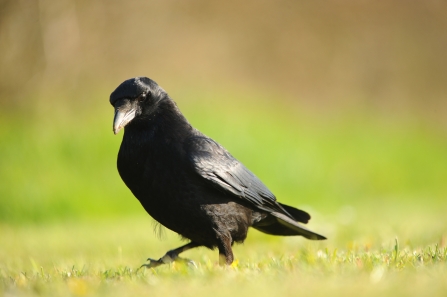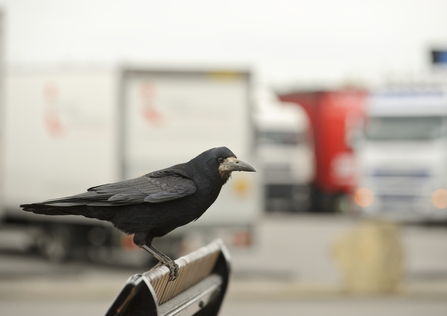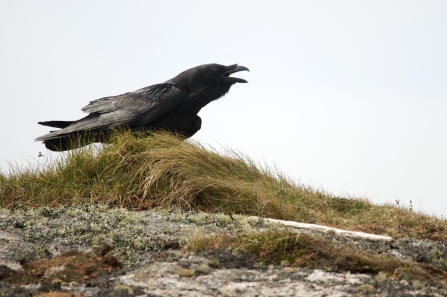Corvids tend to have strong social groups and communities. Crows for example, often mate for life and are co-operative breeders, meaning other adults in the family help with rearing offspring.
They are considered among the most intelligent of birds, with magpies having demonstrated self-awareness in mirror tests, and crows and rooks showing their ability making and using simple tools.
Here’s a brief guide from your local Wildlife Trust to our all-black corvids and some useful tips on how to identify them.




